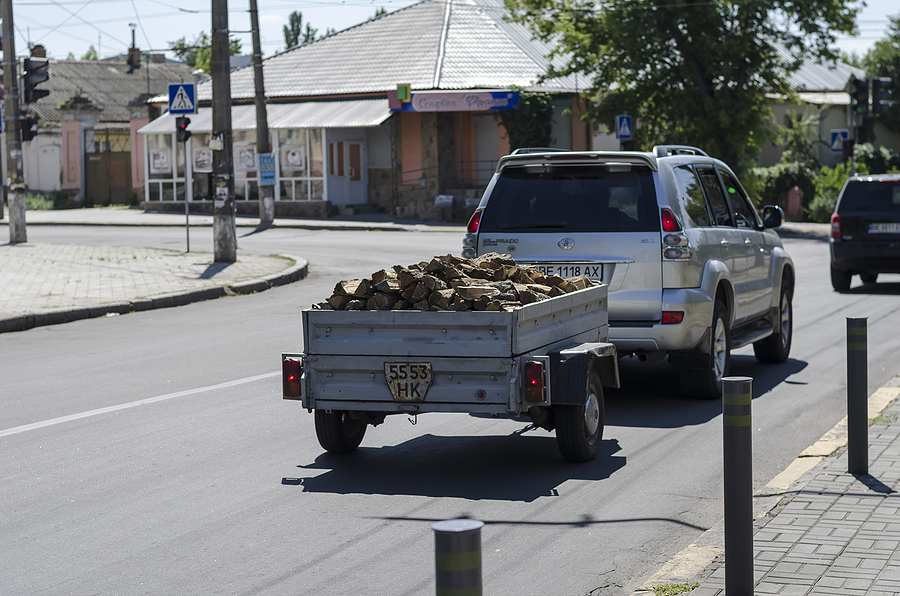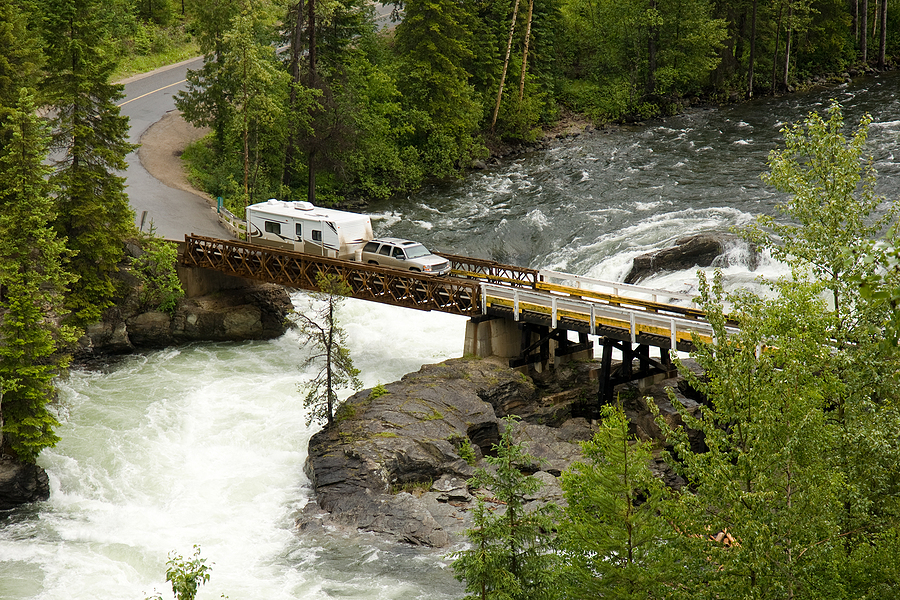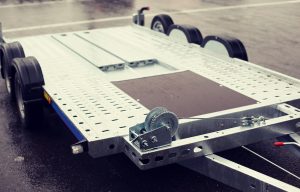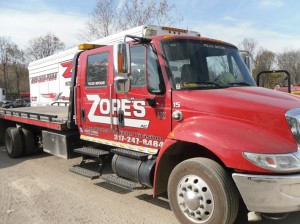Hauling a utility trailer for the first time can seem like a big step, but it unlocks a new level of convenience for everything from moving furniture to tackling major home improvement projects. The growing popularity of utility trailer towing is a testament to its usefulness. However, before you hit the road, it’s crucial to equip your vehicle with the right towing accessories. These components are not just for connecting your trailer; they are vital for ensuring safety for yourself and others on the road.
This guide will walk you through the essential towing equipment you need to haul a utility trailer safely. We’ll cover everything from selecting the right ball mount to understanding wiring harnesses, providing clear, practical advice for beginners. By the end, you’ll have a solid understanding of the basic trailer accessories for your car and the confidence to start your towing journey.
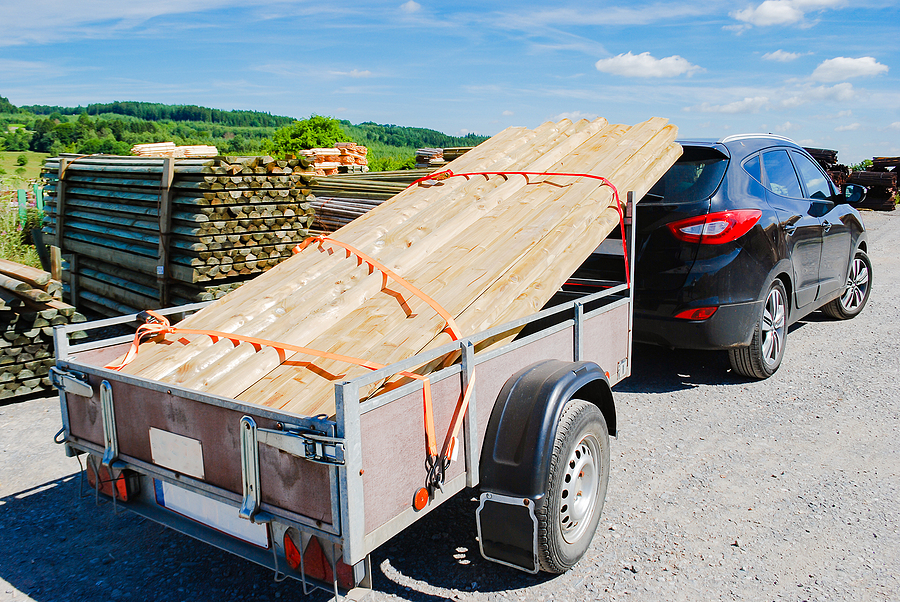
Necessary Towing Accessories for Carry-On Utility Trailers
Before you can tow, your vehicle needs a specific set of equipment to securely connect to the trailer and operate safely. Each piece plays a critical role in the towing system. Here are the fundamental components we will discuss:
- Trailer Hitch Receiver: The mounting point on your vehicle.
- Ball Mount: Connects the hitch receiver to the trailer coupler.
- Safety Chains: A crucial backup connection between the vehicle and trailer.
- Wiring Harness: Powers the trailer’s lights and brakes.
- Tow Mirrors: Extend your field of vision to see around the trailer.
Understanding how these parts work together is the first step toward safe and successful utility trailer towing. Let’s take a closer look at each!
Trailer Hitch Receivers: The Foundation
The trailer hitch receiver is the core component of your towing setup, attaching directly to your vehicle’s frame. It’s essential to choose a receiver that matches your vehicle’s towing capacity. Hitch receivers are categorized into classes based on how much weight they can handle.
Hitch Receiver Classes
There are five standard classes of hitch receivers, but most cars, SUVs, and light trucks use Classes I through IV for utility trailer towing.
- Class I: Can typically tow up to 2,000 lbs. Suitable for small cars towing very light loads like a jet ski or a small utility trailer.
- Class II: Generally rated for up to 3,500 lbs. Common on larger cars, minivans, and small SUVs.
- Class III: A popular choice for full-size SUVs and pickup trucks, with a capacity up to 8,000 lbs. This class is versatile for a wide range of utility trailers.
- Class IV: Designed for heavy-duty towing, often found on full-size trucks, with capacities up to 10,000 lbs.
Always check your vehicle’s owner’s manual for its specific towing capacity and recommended hitch class. Never exceed the lowest weight rating of any component in your towing system.
Ball Mounts: The Critical Link
The ball mount slides into the hitch receiver and holds the trailer ball, which connects to the trailer’s coupler. Selecting the correct ball mount is vital for keeping your trailer level while towing. A level trailer distributes weight evenly, preventing dangerous swaying.
Choosing the Right Ball Mount
- Size: The trailer ball must match the size of your trailer’s coupler. Common sizes are 1-7/8″, 2″, and 2-5/16″. The required size is usually stamped on the trailer coupler.
- Drop or Rise: You may need a ball mount that drops down or rises up to ensure the trailer is level. Measure the height of your hitch receiver and your trailer coupler (when level) to determine the required drop or rise.
- Adjustable Ball Mounts: For those who tow different trailers, an adjustable ball mount is an excellent investment. It allows you to change the height easily, ensuring a level tow every time.
Request Immediate Trailer Towing Assistance Now! ✅
Safety Chains: Your Essential Backup
Safety chains are a legal requirement and a non-negotiable piece of towing equipment. In the unlikely event that the trailer disconnects from the hitch, these chains keep it attached to your vehicle, preventing a catastrophic accident.
Federal and state regulations mandate the use of two safety chains. When attaching them, cross the chains under the trailer tongue in an “X” pattern. This cradle effect can catch the trailer tongue if it disconnects, preventing it from digging into the pavement. Ensure the chains have enough slack to allow for turns but not so much that they drag on the ground.
Wiring Harness: Powering Your Lights
A wiring harness connects your vehicle’s electrical system to the trailer’s lights, powering the brake lights, turn signals, and running lights. This is a critical safety feature that communicates your actions to other drivers.
Most modern trucks and SUVs equipped with a tow package come with a factory-installed wiring connector. If your vehicle doesn’t have one, you’ll need to install a wiring harness. These are available in several common plug types (like 4-pin or 7-pin connectors), so ensure you get one compatible with both your vehicle and your trailer. Always test your lights before every trip. Have a friend stand behind the trailer while you test the brakes and turn signals.
Tow Mirrors: Expanding Your View
Standard vehicle mirrors often don’t provide a wide enough view to see past the sides of a utility trailer, creating significant blind spots. Tow mirrors are larger, extendable mirrors that solve this problem. Many states have laws requiring an unobstructed view of the road behind you, making tow mirrors a necessity for safe and legal towing.
There are different types of tow mirrors, including slip-on models that fit over your existing mirrors and permanent replacements. Whichever you choose, adjust them properly before you start driving to eliminate blind spots on both sides of your trailer.
In Summary
With the right towing accessories installed, you are well on your way to hauling your utility trailer safely. Remember that equipment is only one part of the equation. Safe driving practices are just as important.
Always perform a pre-trip inspection, checking that all connections are secure, lights are working, and your load is properly balanced and tied down. When on the road, increase your following distance, make wider turns, and drive at a moderate speed. Be mindful that your vehicle will handle and brake differently with the added weight.
If you are new to towing, consider taking a towing safety course. It’s a small investment of time that can greatly improve your skills and confidence. By combining quality equipment with safe practices, you can ensure every towing experience is a successful one.
For professional flat bed towing services and reliable equipment hauling in Central Indiana, trust the experts who prioritize safety and efficiency. Contact Us Today to learn more or to schedule your service. Let us handle the heavy lifting while you enjoy peace of mind knowing your equipment is in capable hands.
Call Now to Request Immediate Service
Related Post: Discover the Power of Lowboy Trailers for Your Unique Towing Needs

